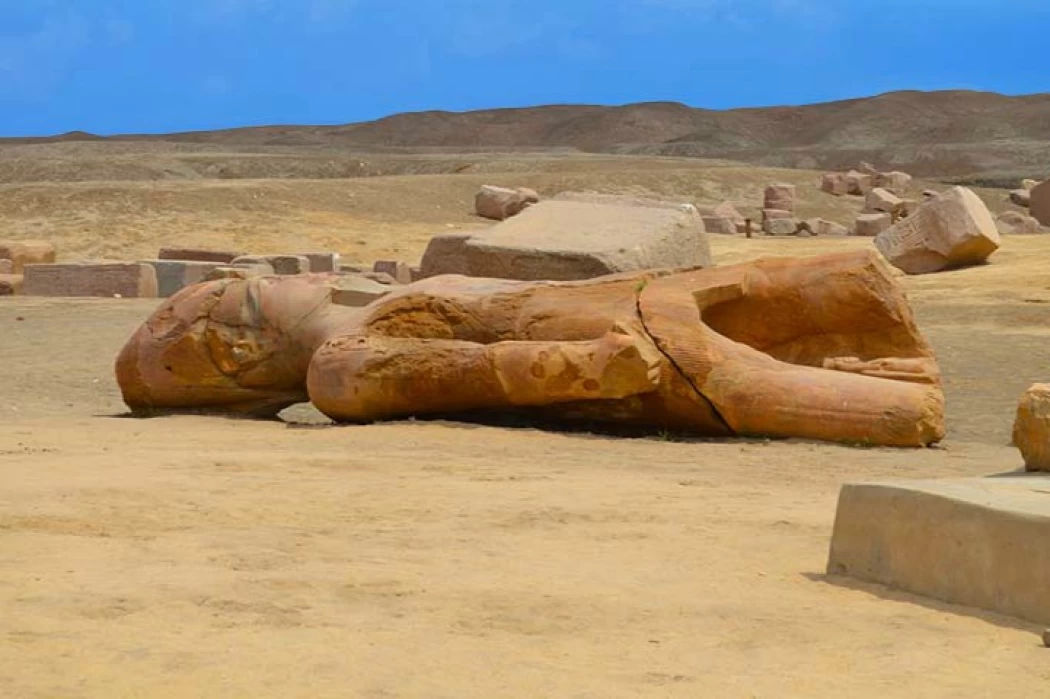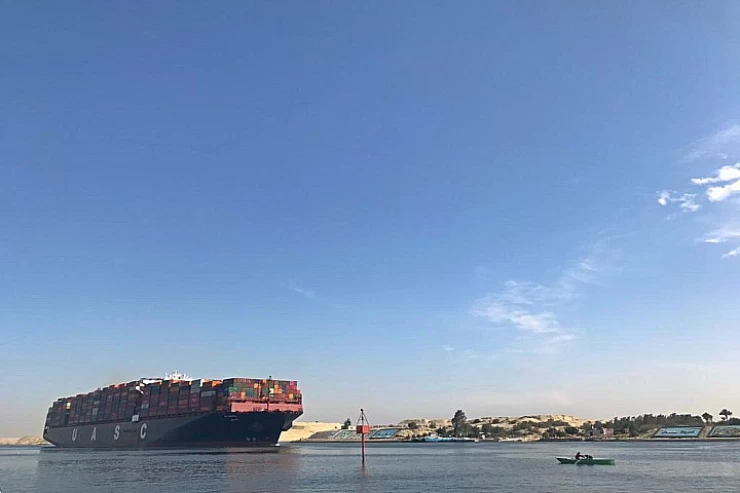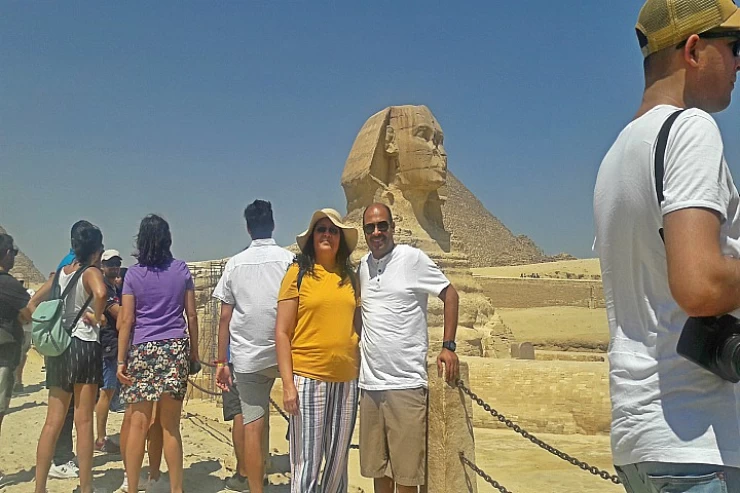
The Ruins of Tanis in Egypt
Facts about The Ruins of Tanis in Egypt
Found in ancient texts, San al-Hajar was previously referred to as “Ja'anet,” which means city built in a desert, and in the Torah as “Sawan,” but then the Greeks called it by the name “Tanis” since it is sited on the Nile’s Tanisian branch while the Arabs later came to know it as “San” for its resemblance to so many stones.
In this region there are scores of graves, but the most significant of them all is that of Osirakon II featuring an entrance on the left inscribed with complicated words leading into a chamber containing a massive coffin displaying religious pictures on its sides; there is also another chamber inscribed but suffering from weather conditions exposure; then finally at its east end stands an apartment whose walls bear such message as requires a lot of work from its reader who may also come across an enormous sarcophagus.
It was also in this area that one would find the tomb of King Shashang III.There were religious scenes and texts on the walls as well as two coffins of the king a coffin lid lastly tombs for king Psusennes I and another one that was unknown single-chambered room containing an enormous sarcophagus.
In this region there are some temples including a huge temple for God Amun, which is constructed following a modern state temple design and comprises oblismosts, columns, edifices, double and single statues, pieces bearing hieroglyphic texts and religious scenes. According to the information about this temple provided on the wall, it measures around 300 meters long and is contained within very large mud-brick walls surrounded by it. There is also an old sacred lake without water remaining on the extreme north side of this area adjacent to a number of rocks believed to belong to a temple of God Khonsu or perhaps a part of his sanctuary.
On the southern side of the Great Temple is the temple of the goddess Mot, the goddess of motherhood in ancient Egypt, which consists of the remains of stones and double statues next to a limestone staircase leading to a dry sacred lake, and the temple is surrounded by the remains of an adobe wall.
A large number of archaeological missions have worked in the area since the French campaign, where Petrie, Marit and Montet worked in it, who revealed its golden relics in the tomb of Psusence I, and many obelisks and paintings came out of it, such as the Four Hundred Painting, the Canopus Decree, statues of the Sphinx in the Egyptian Museum, and the two obelisks of the Andalusian Garden and Cairo Airport.
Latest Articles
Admin
Aswan Governerate in Egypt
One of Egypt's southern governorates is Aswan Governorate. The city of Aswan serves as its capital. At a latitude of 22 north of the equator (also known as the Tropic of Cancer), it is bounded to the north by the Qena Governorate, to the east by the Red Sea Governorate, to the west by the New Valley Governorate, and to the south by the Republic of Sudan.
Admin
Luxor Governorate Egypt
The capital of the Arab Republic of Egypt is Luxor City, which was once known as "Thebes City" because it served as Egypt's capital during the Pharaonic era. It is situated in the South Upper Egypt region, approximately 670 kilometers from the capital Cairo from the south. It is bordered on the north by Qena Governorate, on the south by Aswan Governorate, on the east by Red Sea Governorate, and on the west by New Valley Governorate.
Admin
History of kafr El Sheikh Governorate
Kafr El Sheikh Governorate is an Egyptian governorate, located in the northernmost part of Egypt in the Nile Delta, with Kafr El Sheikh as its capital. It had a population of 3,172,753 in 2015 and an area of 3,748 km². Its entire area is located north of the delta and overlooks the Mediterranean Sea. The main economic activity of the residents of the governorate is agriculture and fishing, especially the southern lands of the governorate and the lands overlooking the Nile River - Rosetta Branch.
Admin
Egypt's New Administrative Capital
The New Administrative Capital is located between the Cairo-Suez and Cairo-Ain Sokhna roads, 60 km from Cairo and the same distance from Ain Sokhna and Suez. The New Administrative Capital is located on the border of Badr City, in the area between the Cairo-Suez and Cairo-Ain Sokhna roads, just after New Cairo, Mostakbal City and Madinaty.
Admin
Al Gharbia Governorate
Gharbia Governorate is one of the governorates full of archaeological sites, whether they are places or facilities (mosques, churches), as the governorate is a destination for visitors to these places throughout the year, whether they are Egyptians from the different governorates.
Admin
Hamata Islands (Qulaan Archipelago) in Marsa Alam
The Hamata area, south of Marsa Alam in the Red Sea, is one of the most important parts of the Wadi El Gemal Reserve, whether in the desert or the sea. It was named after the sorrel plant, which was distorted to Hamata.
















